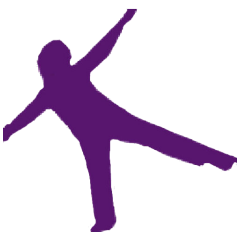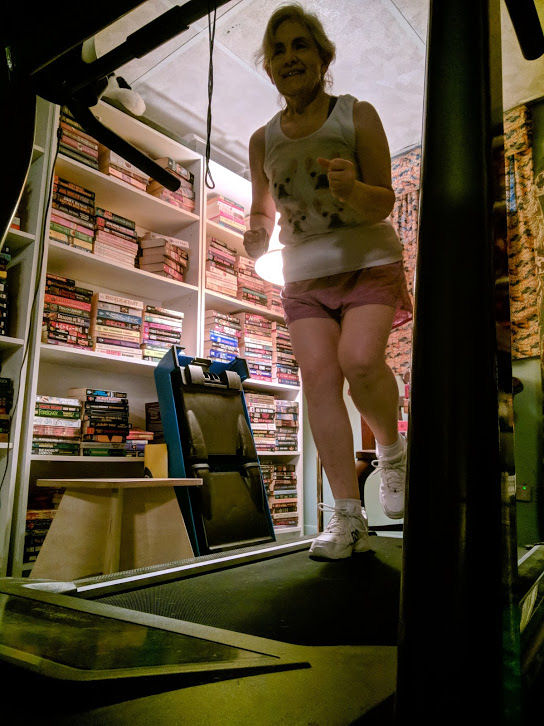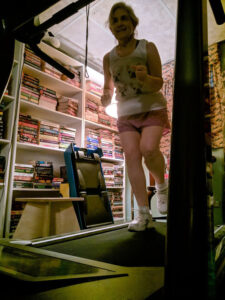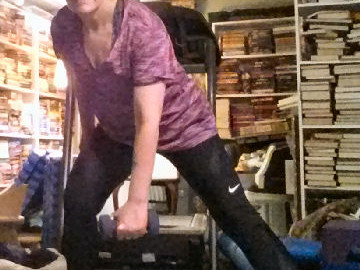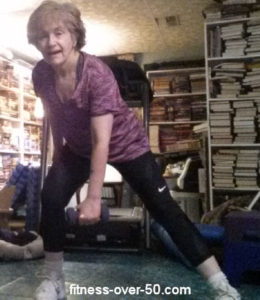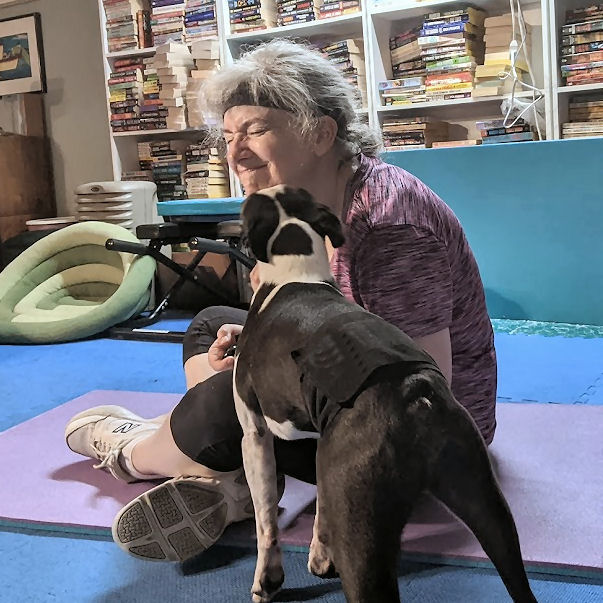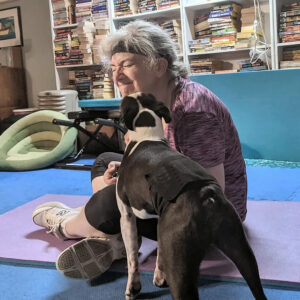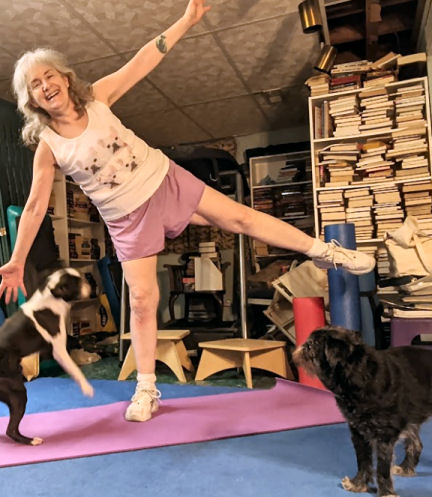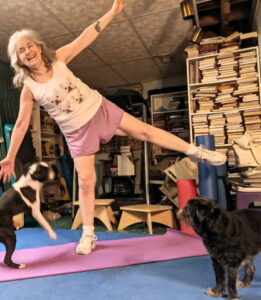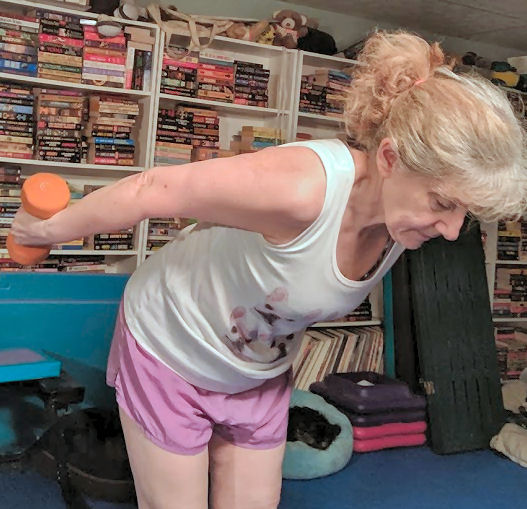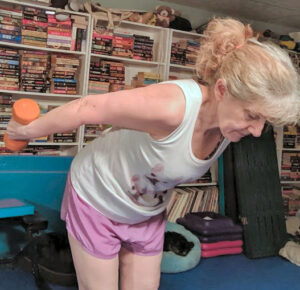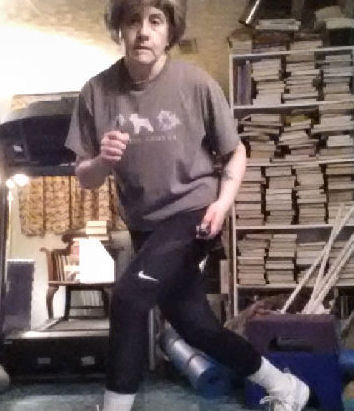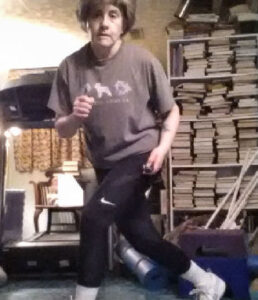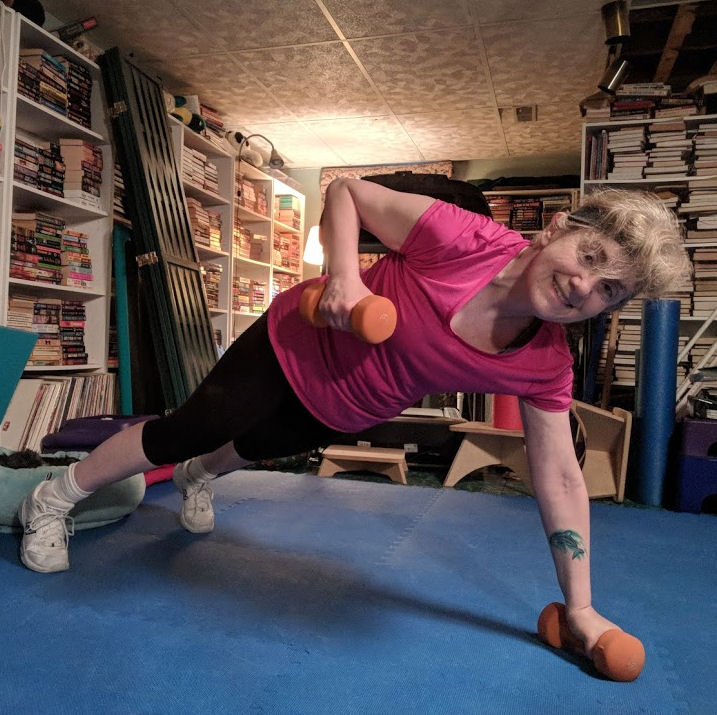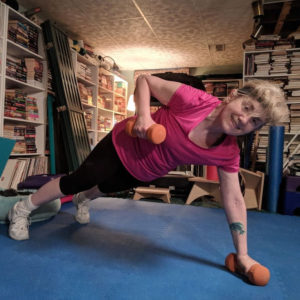It’s really easy to go through your days on autopilot. Go from one meaningless task to another, not really accomplishing much. Then all of a sudden, it’s bedtime. Time to brush your teeth and have some downtime until you do all the nothingness again tomorrow. Do you ever feel like you’re sleepwalking through your day? I emptied the dishwasher in the morning while I watched the news. And it was basically the same as yesterday’s news. I went to the grocery store yesterday. And it was basically the same items that I bought last week. Are you stuck in a rut too? I want to feel invigorated. And I don’t want to feel like I’m stuck on a treadmill. It may be time to create a fitness goal to keep you moving.
Your new fitness goal doesn’t have to be big
A new goal could inspire you to new heights, new levels of strength, faster speeds. That new goal in one aspect of your life could spark your motivation in others. And your new goal doesn’t have to be a big one. For me, I had a goal of running one tenth of a mile faster than my previous fastest speed for a minute during my treadmill session. And to do that for 4 runs. At first I couldn’t maintain that extra tenth for the whole minute. So I lowered the speed. But then after a walk interval I bumped my speed up that extra tenth again. And kept it there longer.
That new goal will move you forward in your healthy aging. And when you’re doing something positive for your health, you’re automatically happier and more motivated to keep going.
Invigorated by success!
How did that extra tenth make me feel? Invigorated. By running just that little bit faster, I felt like I was invincible. I felt stronger the rest of the day, knowing that I met a really tough (for me) benchmark. And being successful for one day kept me motivated for the rest of the challenge.
Your challenge:
So, I challenge you to create a fitness goal to keep you moving. Make sure that your goal is specific, with measurement and a timetable. Your goal also should be attainable but not too easy. Write your goal down so that you’ll have accountability, even if it’s just to yourself. I use the worksheet from the “Get It Done” Guide. I print multiple copies of the worksheet – there’s not much on that worksheet. It seems simple, but, boy, is it powerful!
So, create a fitness goal. You’ll keep moving and be empowered to tackle even more.
